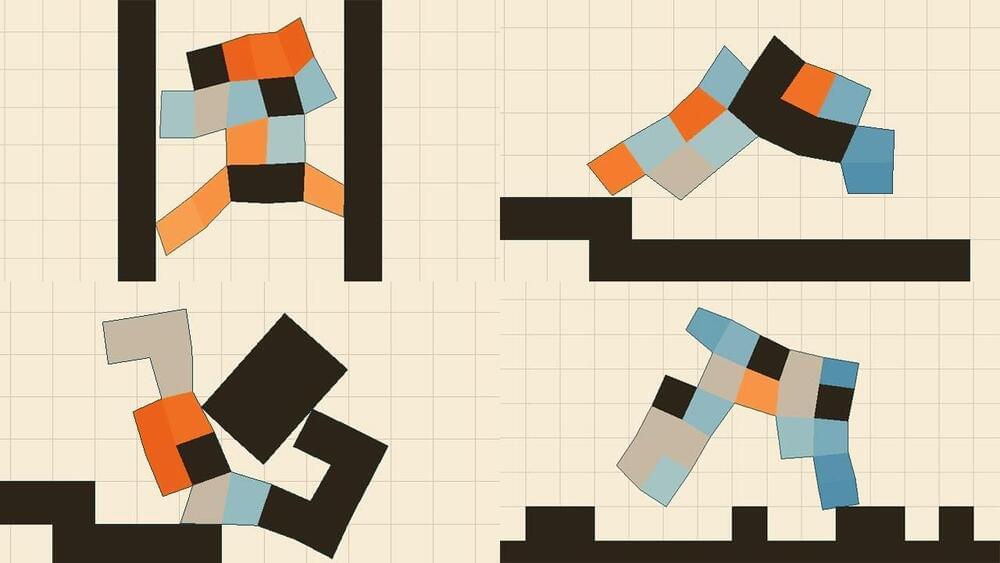To set some benchmarks for their simulator, the researchers tried out three different design algorithms working in conjunction with a deep reinforcement learning algorithm that learned to control the robots through many rounds of trial and error.
The co-designed bots performed well on the simpler tasks, like walking or carrying things, but struggled with tougher challenges, like catching and lifting, suggesting there’s plenty of scope for advances in co-design algorithms. Nonetheless, the AI-designed bots outperformed ones design by humans on almost every task.
Intriguingly, many of the co-design bots took on similar shapes to real animals. One evolved to resemble a galloping horse, while another, set the task of climbing up a chimney, evolved arms and legs and clambered up somewhat like a monkey.
